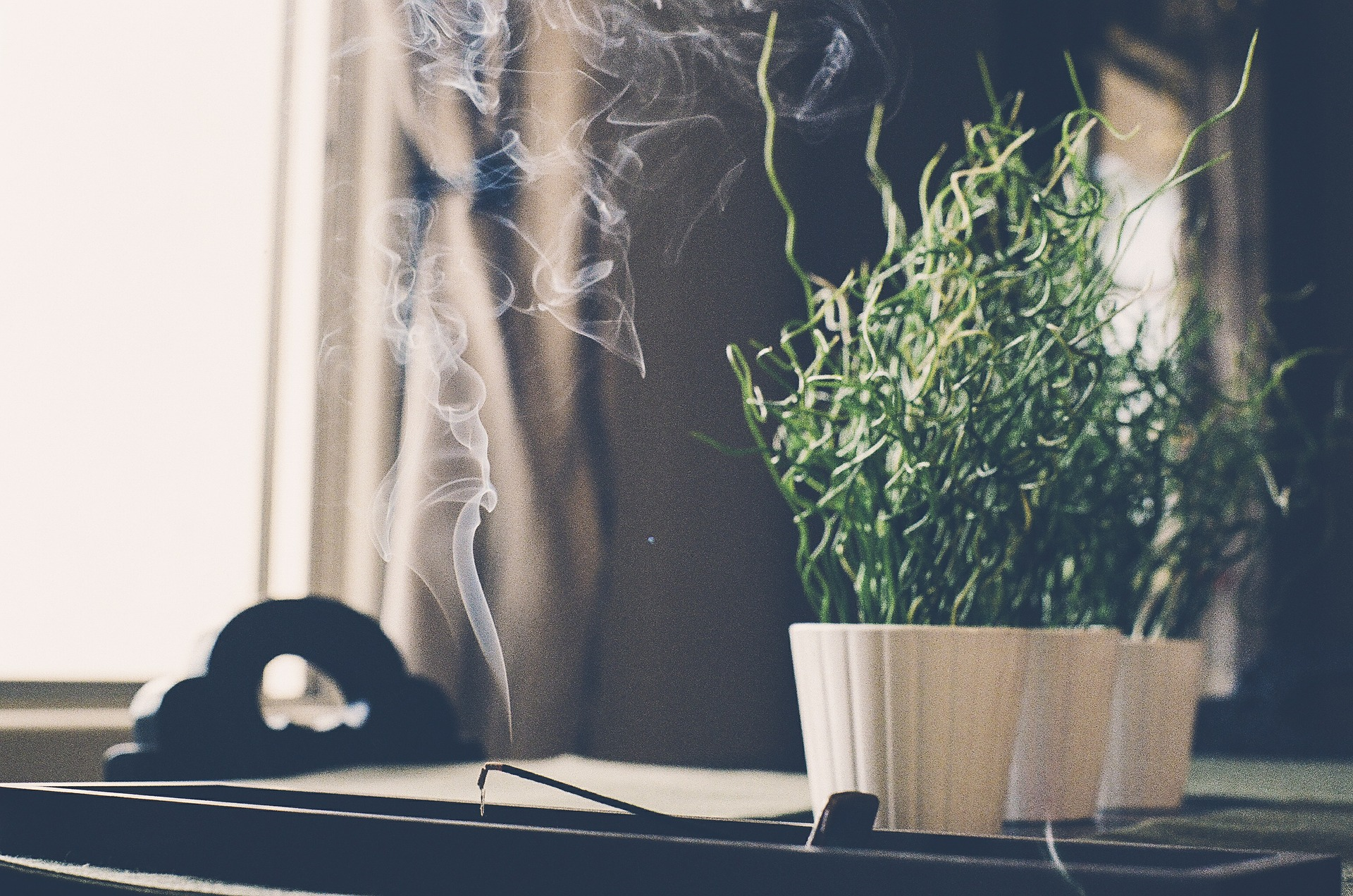
Plants can put off a variety of aromas, and some are a bit heavy for the enclosed space of an indoor garden. Not to mention the smells emanating from water reservoirs, grow media, and fertilizers. You’ve likely got some airflow going in your grow room, but what else can you do to help keep guests (and yourself) from passing out? Read on to find the best ways to reduce odor from indoor gardens.
Tidy up
If you leave fallen leaves and other dead plant materials lying around your grow room, they can start to rot and produce fairly strong smells. Going around once a week or so to remove plant debris before it has a chance to rot is a good practice that doesn’t require much time and requires no cost. Make it part of your clean-up routine to also clean out water containers and reservoirs to avoid algae growth. Decomposing algae will also release odors.
Keep humidity levels in check
One of the big benefits of growing indoors is that you have control over factors like temperature and humidity. Higher temperatures and higher relative humidity levels are a breeding ground for odors in your grow room, and those conditions are going to exacerbate any pungent aromas already existing around your plants. Keep a hygrometer to measure humidity, and use a dehumidifier as needed.
Fans also help to regulate temperature, humidity, and odors. If you’re using grow lights in your garden, they are going to generate extra heat. Maintaining proper ventilation is definitely a balancing act, and it’s one of the most important steps you can take in odor maintenance.
Place carbon filters in the grow room
We’ve shown you that simple charcoal filters can be used to reduce the smells coming from a homemade compost bin. Larger carbon filters can be placed in the grow room to filter the air and cut back on bad smells. They’re typically attached to a fan or placed in your ventilation system so that stinky air passes through and comes out fresh. The filters typically last about a year, making them a cost-effective option.
Create ozone in your indoor garden
Ozone generators are super effective at killing the bacteria that causes odors. And as an extra bonus, they also reduce the likelihood of mold and mildew forming on your plants and around your indoor garden. The downside is the ozone gas they produce can be bad for your lungs. But good models come with a timer that allows you to moderate the usage. That way you get the benefits and reduce the disadvantages. Using an ozone generator sparingly is an excellent way to keep your grow room smelling fresh.
You can also use inexpensive options like baking soda or other odor neutralizers for smaller indoor gardens. You should select an odor-reducing option that makes sense for the amount of smells that typically come from your garden. More plants typically means more potential for a buildup of smells. Keep an eye on Indoor Cultivator blog posts for more tips on maintaining a grow room inside.
